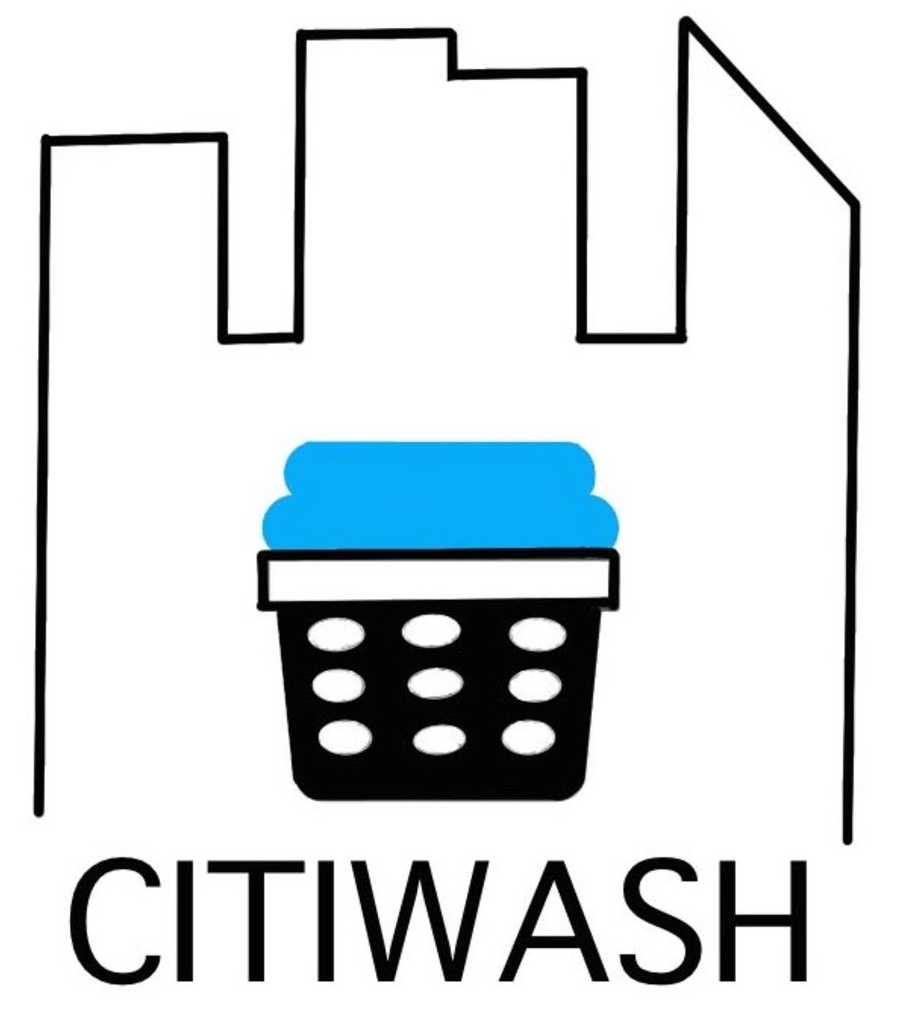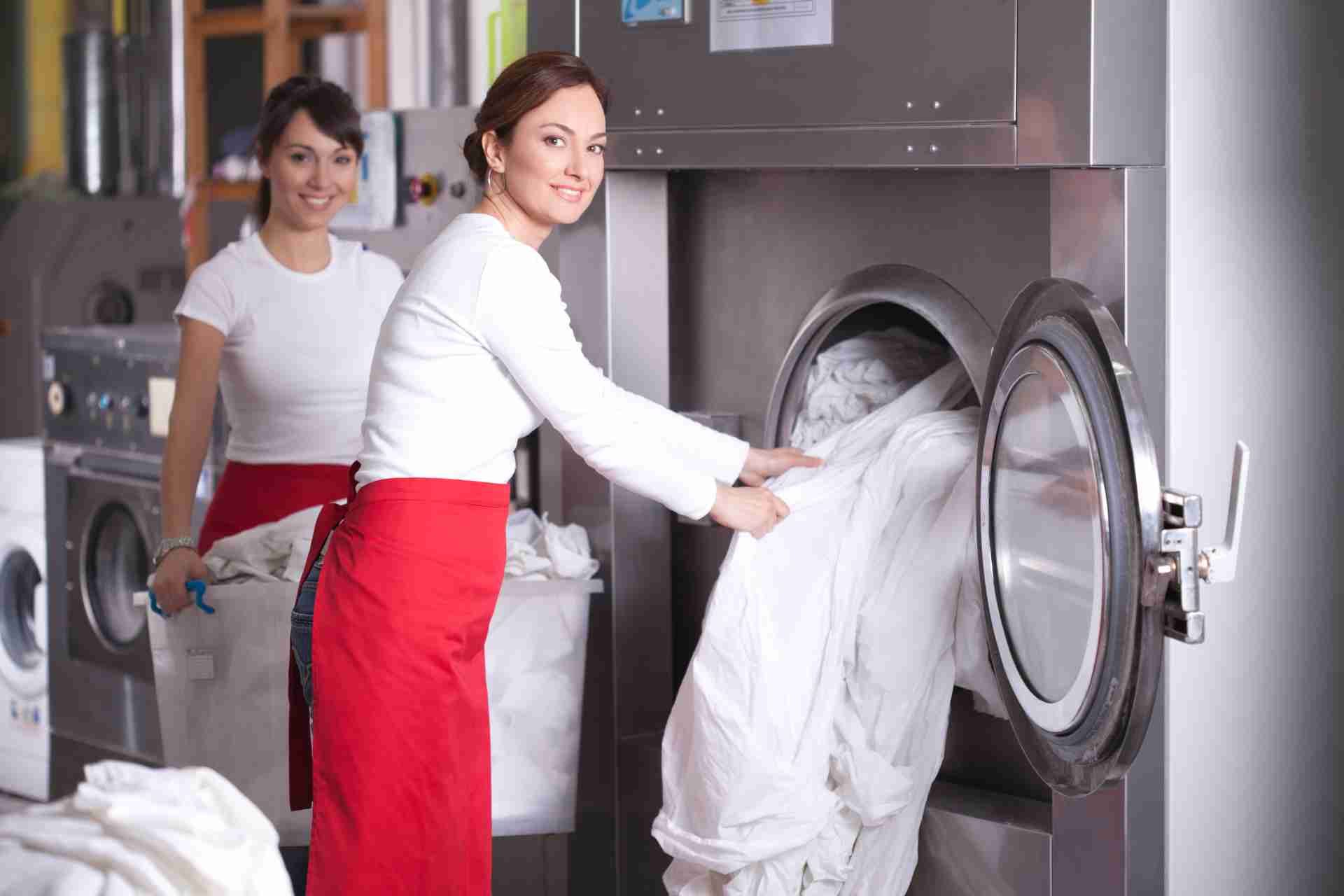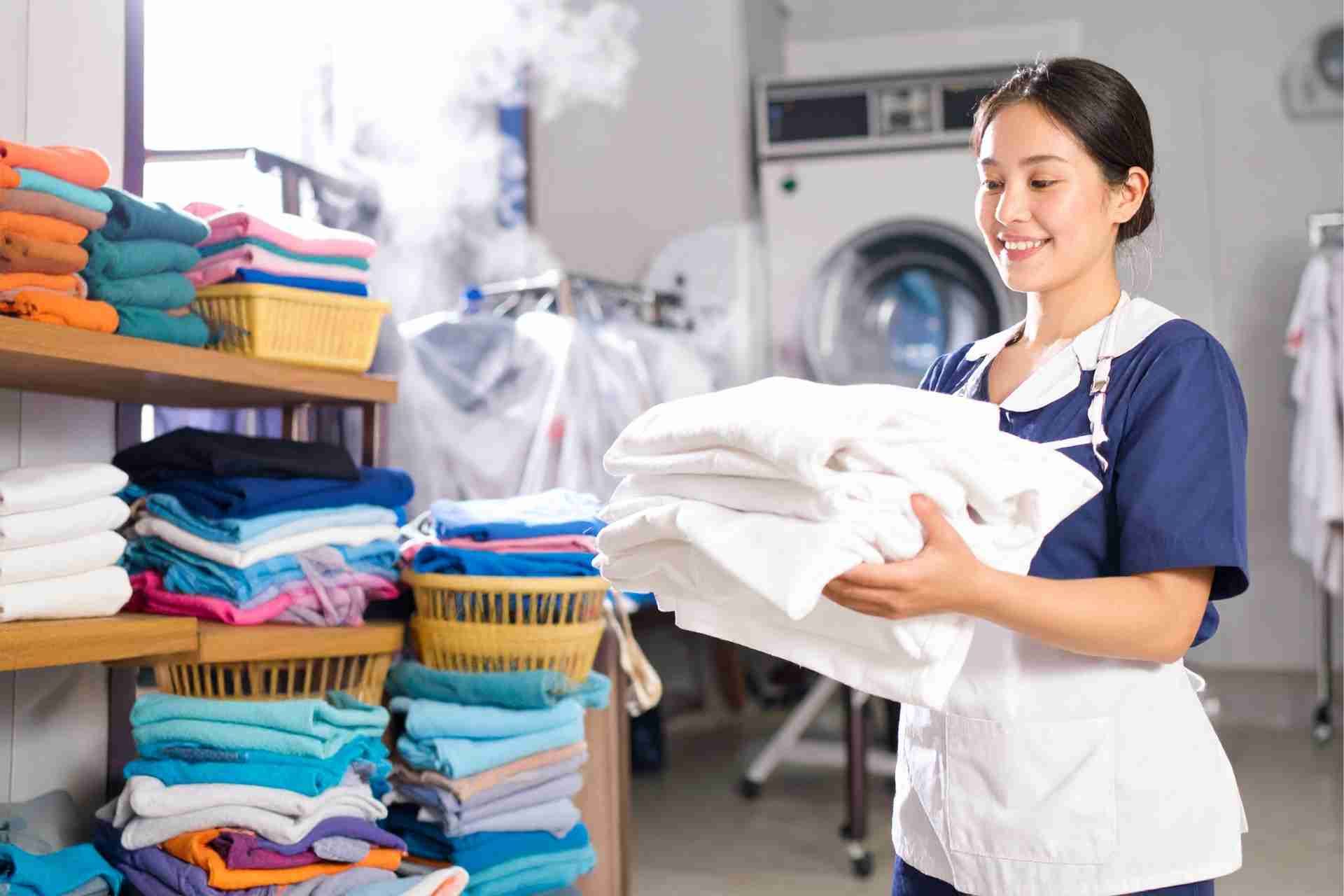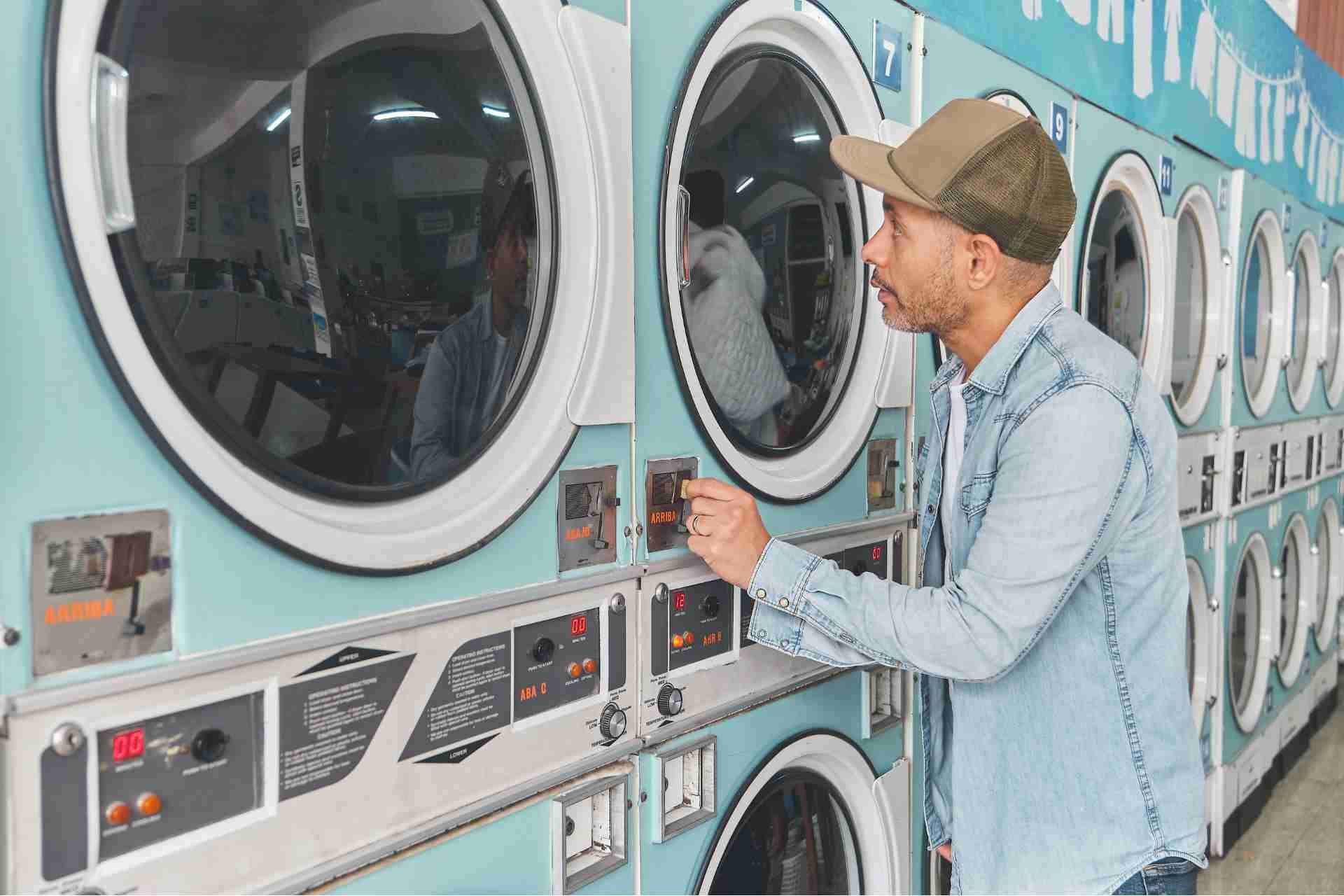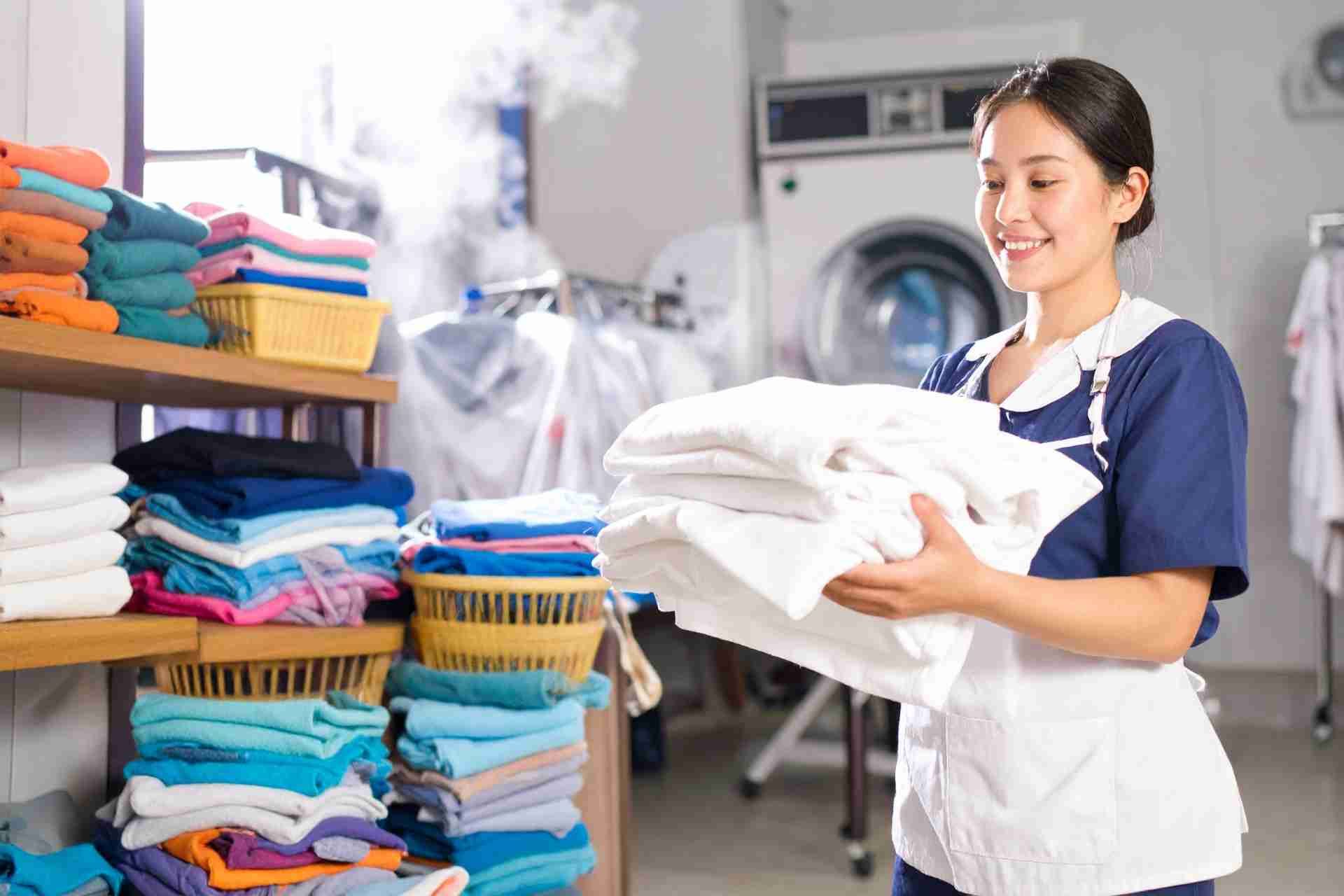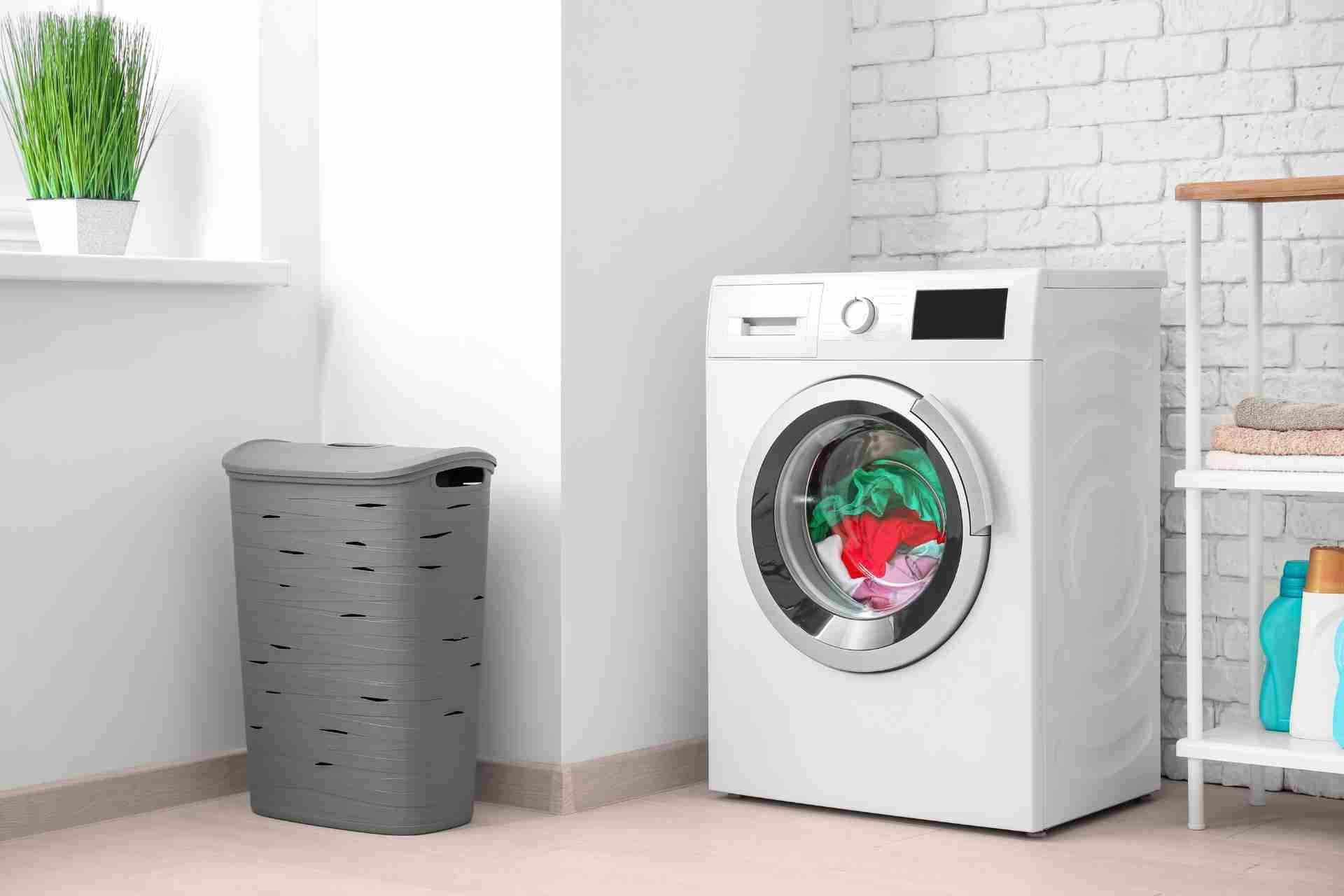The Importance of Clean Tablecloths, Napkins, and Uniforms for Restaurant Hygiene
When you step into a restaurant, the first thing you notice is the cleanliness of the tablecloths, napkins, and uniforms. These elements don't just affect the overall atmosphere—they influence your perception of the establishment's hygiene standards. A spotless setting can make you feel welcome and secure, while stained fabrics can raise doubts about food safety. Understanding this connection is crucial for anyone involved in the dining experience. What other factors contribute to customer satisfaction?
The Role of Clean Linens in Customer Perception
Clean linens play a crucial role in shaping how customers perceive your restaurant. When guests walk in, they immediately notice the freshness of tablecloths and napkins, which sets the tone for their dining experience.
Clean, crisp linens signal that you value cleanliness and take pride in your establishment. They create an inviting atmosphere and elevate the overall ambiance, making customers feel special.
Conversely, stained or wrinkled linens can lead to negative impressions, causing guests to question your hygiene standards. By ensuring your linens are always spotless, you build trust and encourage repeat visits.
Hygiene Standards and Regulations in the Restaurant Industry
Maintaining high hygiene standards is essential for any restaurant aiming to ensure the safety and satisfaction of its customers. You must be aware of local health codes and regulations, which often dictate food handling practices, cleanliness, and sanitation procedures.
Regular inspections are a part of the process, so keeping up with these standards can prevent violations and potential closures. Ensure your staff is trained in proper hygiene techniques, like handwashing and avoiding cross-contamination.
It's important to document cleaning schedules for all areas, including dining spaces and kitchens. Following these regulations not only protects your customers but also enhances your restaurant's reputation.
Ultimately, adhering to hygiene standards fosters trust and loyalty, leading to a successful dining experience.
The Impact of Clean Uniforms on Staff Professionalism
Uniforms serve as a visual representation of professionalism in the restaurant industry. When you wear a clean, well-fitted uniform, it reflects your commitment to your role and enhances the overall dining experience. Guests notice when staff looks polished and put together; it instills confidence in your establishment.
A tidy appearance not only elevates your credibility but also fosters a sense of teamwork among staff. It shows you care about your job and the environment you work in.
Clean uniforms can even boost your morale, making you feel more confident and ready to serve customers. Ultimately, maintaining a clean uniform is crucial—it's not just about looking good; it's about embodying the standards of excellence that your restaurant represents.
Stain Removal Techniques for Tablecloths and Napkins
A polished dining experience relies not only on staff appearance but also on the cleanliness of your table settings.
When it comes to removing stains from tablecloths and napkins, acting quickly is key. Start by gently blotting the stain with a clean cloth to absorb excess liquid. For food stains, a mix of warm water and a few drops of dish soap can work wonders; apply it directly, then rinse.
For tougher stains like red wine, sprinkle salt to absorb the liquid before treating it with a vinegar-water solution. Always check care labels for specific instructions.
After cleaning, let the items air dry to avoid setting any remaining stains. This attention to detail ensures your dining experience remains inviting and fresh.
The Connection Between Cleanliness and Customer Loyalty
While you might focus on menu offerings and service speed, cleanliness often plays a crucial role in shaping customer loyalty.
When diners walk into your restaurant, their first impression is often influenced by the state of your linens and uniforms. Spotless tablecloths and fresh napkins signal attention to detail and care for customer experience.
If customers notice dirty or stained items, it can lead to doubts about food hygiene and overall quality.
Best Practices for Washing and Maintaining Restaurant Linens
To ensure your restaurant linens maintain their pristine appearance and hygiene, it's essential to establish a consistent washing routine.
Start by sorting linens by color and fabric type to prevent bleeding and damage. Use a high-quality detergent and, if necessary, a stain remover for tougher spots. Always follow the manufacturer's washing instructions regarding temperature and drying methods.
Wash tablecloths and napkins after each use, and uniforms should be laundered regularly to eliminate bacteria and odors.
Consider using a commercial laundry service for larger establishments, as they often employ industrial-grade machines and sanitizing processes.
Finally, inspect linens for wear and tear, replacing them promptly to uphold your restaurant's standards. Keeping your linens in top shape reflects your commitment to cleanliness.
The Psychological Effects of Clean Surroundings on Diners
Clean linens play a significant role in setting the stage for a positive dining experience, but the impact of cleanliness extends far beyond fabric.
When you walk into a restaurant with spotless tablecloths and fresh napkins, you feel an immediate sense of comfort and trust. Your mind associates cleanliness with quality, making you more likely to enjoy your meal.
If the surroundings are dirty or disheveled, you might feel uneasy and distracted, which can detract from your overall experience. Clean environments create a sense of safety and well-being, allowing you to focus on the flavors and social interactions.
Ultimately, a clean restaurant not only elevates your mood but also enhances your perception of the food and service, making for a memorable dining experience.
How Clean Table Settings Enhance the Dining Experience
When you sit down at a table with polished silverware and gleaming plates, you instantly notice the attention to detail that sets the tone for your meal.
Clean table settings create an inviting atmosphere, making you feel valued as a guest. You're more likely to appreciate the flavors and presentation of your food when the environment feels fresh and well-cared-for.
A spotless tablecloth signals that hygiene is a priority, allowing you to relax and enjoy your dining experience without distractions. Crisp napkins add a touch of elegance, enhancing your overall satisfaction.
Ultimately, clean table settings not only elevate the aesthetic but also contribute to your sense of comfort, making every bite even more enjoyable.
Strategies for Regular Linen and Uniform Inspections
Attention to detail in table settings naturally extends to the linens and uniforms that staff wear. To ensure cleanliness, schedule regular inspections of all linens and uniforms.
Start by designating a specific team member to oversee the inspections. Create a checklist that includes checks for stains, tears, and overall cleanliness. Encourage staff to report any issues they notice during their shifts.
Implement a weekly or bi-weekly routine for thorough inspections, ensuring that clean linens and uniforms are always available. Utilize color-coded systems for easy identification of freshly laundered items.
Finally, maintain open communication with your laundry service to address any concerns promptly. By establishing these strategies, you'll foster a culture of hygiene that enhances the dining experience for everyone.
Conclusion
In conclusion, prioritizing clean tablecloths, napkins, and uniforms is essential for your restaurant's success. These elements not only enhance customer perception but also uphold hygiene standards and reflect professionalism. By maintaining spotless linens and well-kept uniforms, you create a welcoming atmosphere that encourages repeat visits. Remember, a clean dining environment positively impacts your customers' experiences and fosters loyalty. So, invest in cleanliness, and watch your restaurant thrive!
